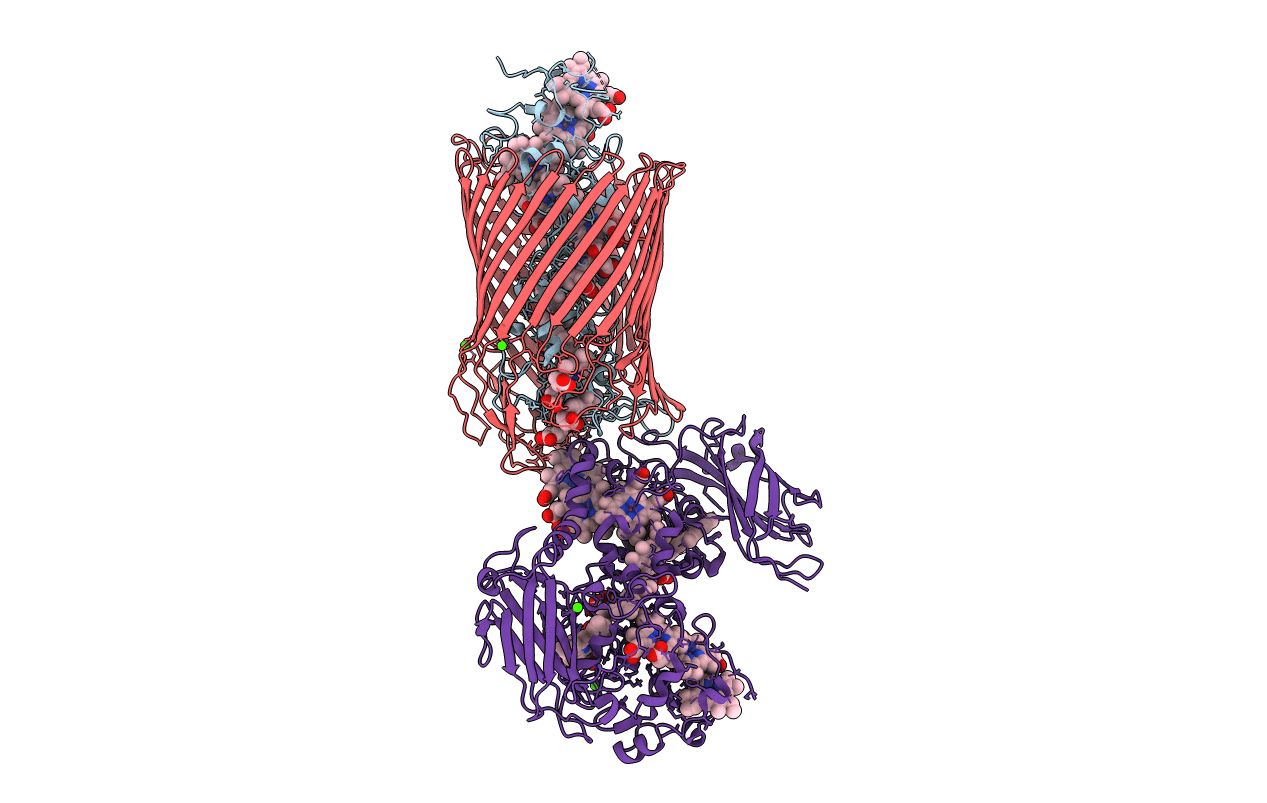
Deposition Date
2019-03-18
Release Date
2020-04-22
Last Version Date
2025-10-01
Method Details:
Experimental Method:
Resolution:
2.70 Å
R-Value Free:
0.25
R-Value Work:
0.22
R-Value Observed:
0.22
Space Group:
C 2 2 21


